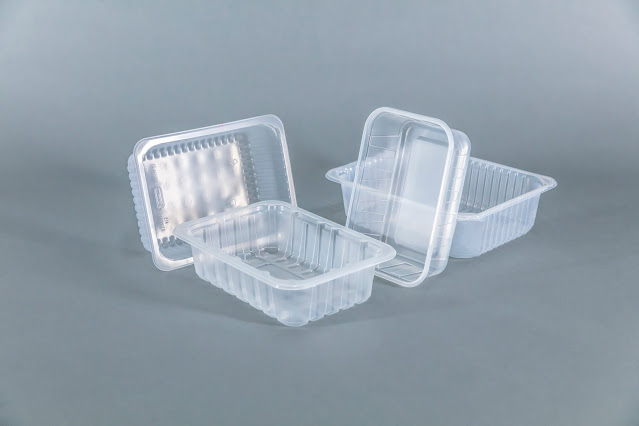Thermoforming Packaging Produces A Range Of Packing Materials And Components
Thermoforming is a plastic forming method that can be used to create a variety of packaging items. It entails heating rigid polymers and other specialty materials to soften them so they can be moulded. Thermoforming is classified into two types: pressure forming and vacuum forming. Plastic can be transformed into permanent items such as road signs and protective coverings using this method. Extra pressure is frequently used in pressure moulding to enhance detail and texture.
A range of packing materials and components are produced using the Thermoforming Packaging. These products include plastic trays for food-related items, clamshell packaging for health and beauty products, and unit dose packaging for prescriptions, blister packs, and over-the-counter (OTC) medications.
Packaging known as thermoforming is utilised in the food, electronics, and pharmaceutical industries. The ability to adapt to shifting needs, low operational costs, and customisation in mass availability are just a few benefits of thermoforming. Additionally, it has a quick turnaround time, making it appropriate for finishing last-minute requests or orders.
The global Thermoforming Packaging Market is being driven by rising environmental concerns, customer desire for sustainability, a demanding regulatory framework, and favourable government policies.
Because of environmental concerns, the use of thermoforming packaging is an important step toward reducing plastic consumption. The benefits of thermoforming packaging include reduced carbon footprint and ease of composting. The process is primarily divided into two types: thin-gauge thermoforming and thick-gauge thermoforming.
Thin-gauge Thermoforming Packaging, such as trays, blisters, and clamshells, are commonly used in the packaging of food, pharmaceuticals, electronics, and home care products. For the packaging of oral solid doses, the pharmaceutical industry in the United States has seen a shift away from traditional bottles and toward blister packaging.




Comments
Post a Comment